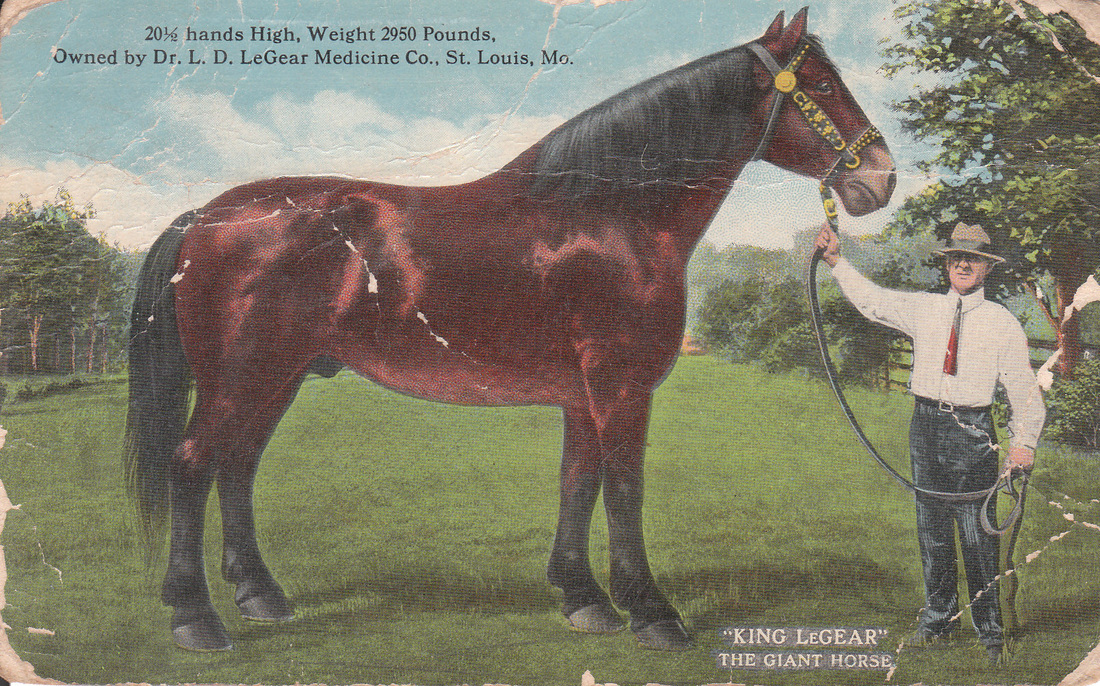Domen
Misico dux Vandalorum
Some examples of 15th century horses for heavy cavalry:
This horseman is Erasmo da Narni (born in 1370, died in 1443) - one of the most famous Late Medieval mercenaries:


And here Bartolomeo Colleoni (born in 1400, died in 1475) - another Late Medieval commander of mercenary knights:

Thanks to artists of the Italian Renaissance we can see realistic sculptures of Late Medieval war horses.
This horseman is Erasmo da Narni (born in 1370, died in 1443) - one of the most famous Late Medieval mercenaries:


And here Bartolomeo Colleoni (born in 1400, died in 1475) - another Late Medieval commander of mercenary knights:

Thanks to artists of the Italian Renaissance we can see realistic sculptures of Late Medieval war horses.





